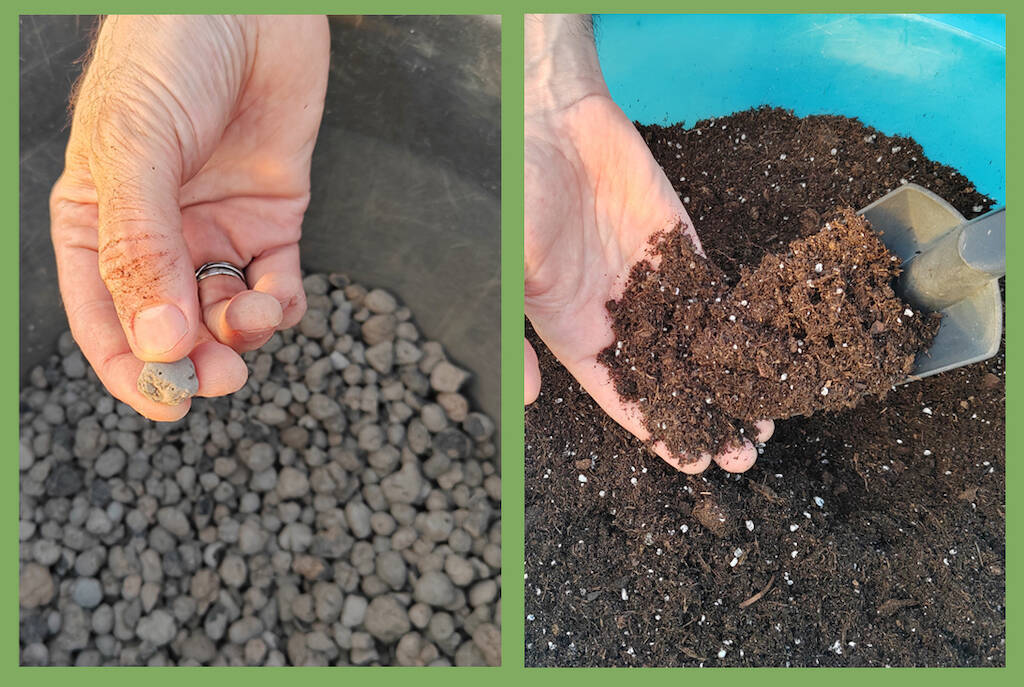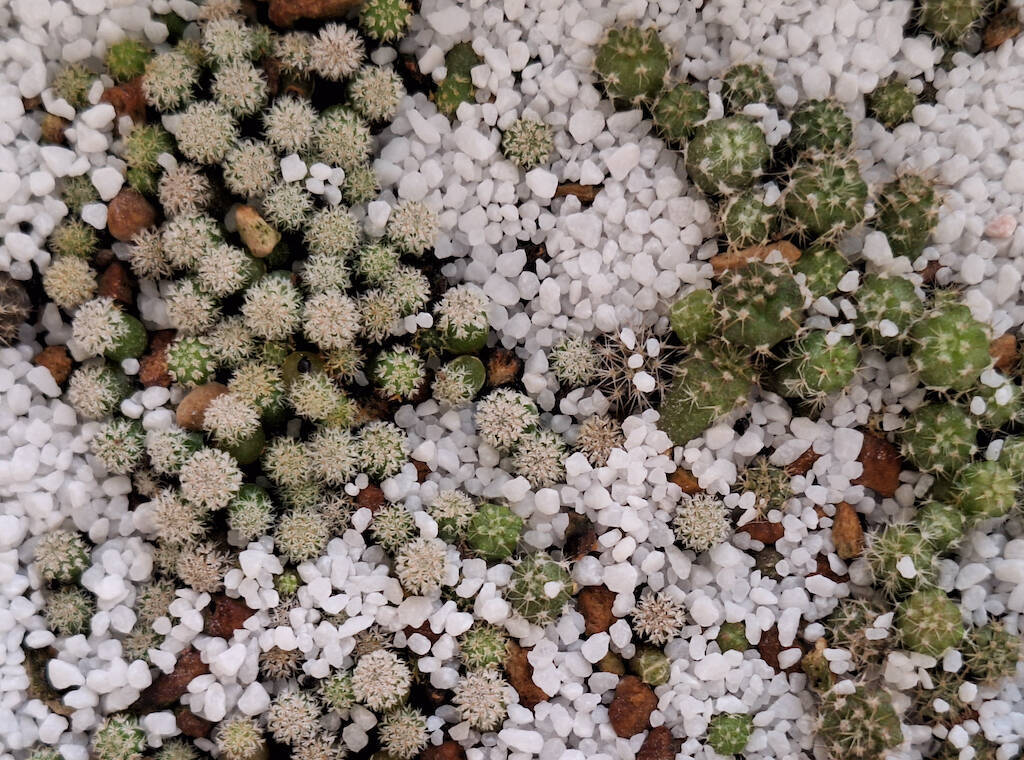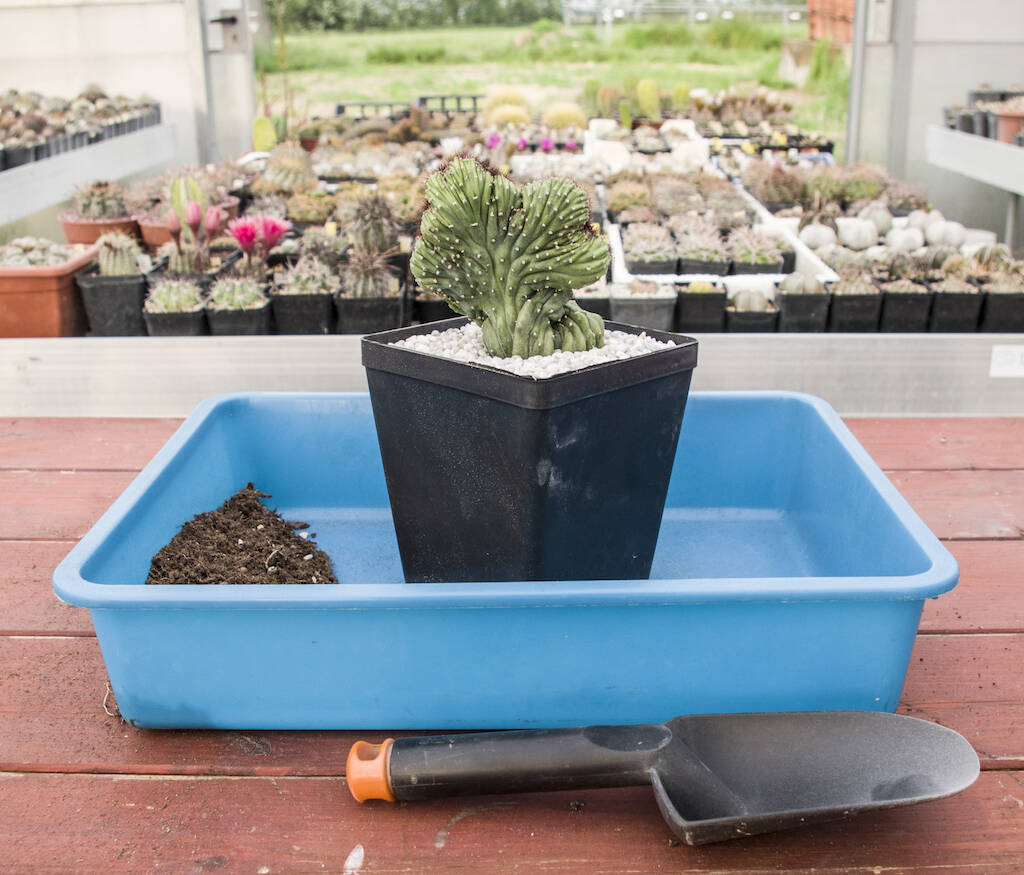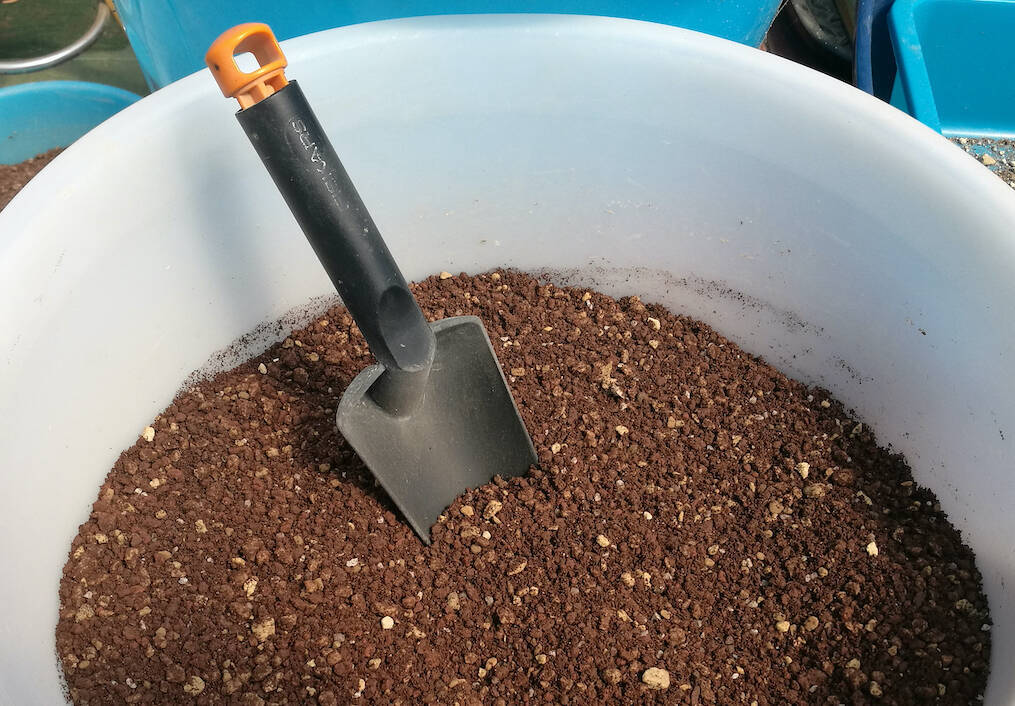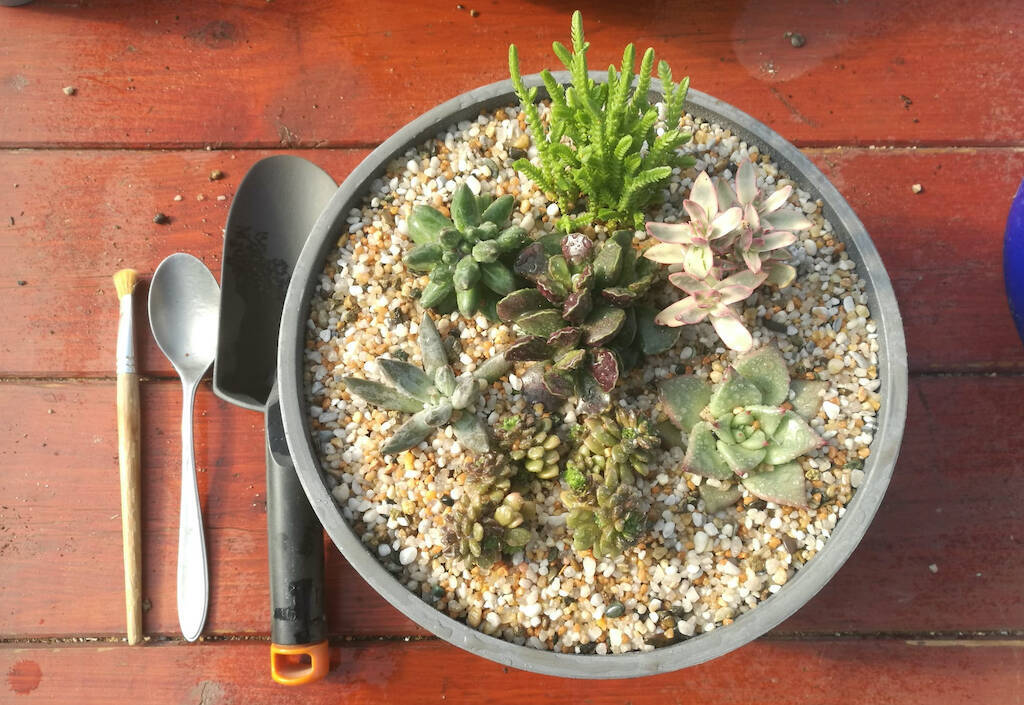Hated, mistreated, seen with contempt, often carefully avoided. Expanded clay and peat are two highly contested and criticized elements among growers of succulent plants and cacti in particular. Net of the chatter from the Internet, are these really two materials that should be forgotten with the cultivation of this type of plant? The question remains open and every grower has his reasons, but there is a fact: on the Net, as far as expanded clay and peat are concerned, everything is said. Above all, it is said that they retain humidity excessively and for this reason they should be banned from the cultivation of cacti and succulents in general. It is said that they favor the onset of rot, that they do not let the roots breathe and much more. Why then do many serious nurserymen (and expert growers with them) still make extensive use of those elements? Simply because, as in many factors of cultivation, the point is not so much the material itself, but the type of use that is made of it.
In this article, let’s try to understand if expanded clay and peat are really such “dangerous” materials for cacti and succulents, if and how they can be used and what their real pros and cons are. (…)
Per proseguire nella lettura dell'articolo Accedi o Abbonati
To continue reading the article LogIn or Subscribe


